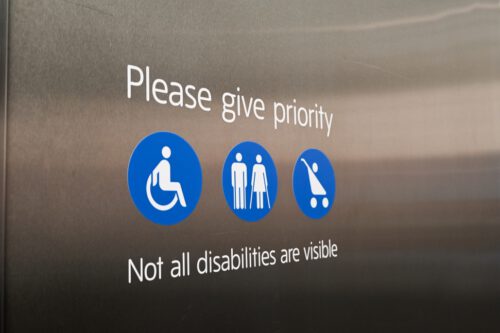Julie joined CEPR in June 2020 as an economist on the domestic team, supporting research and policy efforts on a wide range of labor market issues. Her areas of research include household income volatility, precarious work, economic inequality, and poverty measurement.
Since then she worked on topics including job churn, housing, income instability, child welfare, and the care economy, with a particular focus on the working class and gender and racial disparities. With the increasing economic precarity facing many low- and middle-income families, she has focused on understanding how the 2021 expanded Child Tax Credit can reduce parental income shocks and other public policies that have the potential to stabilize work hours and income. Her work has been published in peer-reviewed journals such as Child Abuse and Neglect, Social Forces, and Housing Policy Debate, and her analysis has appeared in outlets such as BBC, CNBC, and The Wall Street Journal.
Cai earned her PhD in social welfare and public affairs from University of Wisconsin–Madison. She is an external affiliate with the Columbia Center on Poverty and Social Policy. Previously she was a lecturer at Columbia University and a visiting fellow at the Federal Reserve Bank of Boston from 2022 to 2023.
All from Julie Yixia Cai
Before and After the Pandemic: Income Volatility, Health Care Affordability, and Debt
Exploring the impact of income volatility: delve into the reasons behind fluctuating incomes and their consequences on households.

The Disability and Economic Justice Chartbook
Explore the intersection of disability justice and economic justice, and the importance of recognizing the economic inequalities faced by disabled individuals.

Economic Precarity Among LGBT Workers
Uncover the economic precarity experienced by LGBT workers, including food insecurity, housing hardship, and barriers to health care access.

Women With Unpredictable Schedules Face Lower Earnings Than Male Counterparts
Historically women’s poverty rates have been higher than men’s rates. Explore the impact of unpredictable schedules on women’s earnings.

Preview of the 2024 Disability and Economic Justice Chartbook
Today, the Bureau of Labor Statistics (BLS) released its annual estimates of the labor force characteristics of the disabled population in the United States.

The Pandemic and Self-Employment: An Update
We examined the impact of the pandemic on trends in self-employment, comparing the first six months of 2022 with the first six months of the three years prior to the pandemic, 2017-2019.

New Analysis Shows Restoring the Expanded Child Tax Credit is Vital in an Age of Frequent Work Instability
Yesterday, the Census Bureau reported its annual income, poverty, and health insurance data for 2022.

Work-Hour Volatility by the Numbers: How Do Workers Fare in the Wake of the Pandemic
Economic lives have become fluid in the United States during recent decades, with individual or family incomes often varying from month to month, from quarter to quarter, or across years.

Care-Related Part-Time Employment: The Case for Federally Guaranteed Paid Family and Medical Leave
The U.S. is one of only six countries worldwide that does not mandate some form of paid leave. Paid family and medical leave is a critical benefit that typically guarantees eligible workers up to 12 weeks of paid leave.

Are Young Men Falling Behind Young Women? The NEET Rate Helps Shed Light on the Matter
Are young men falling behind young women? The idea that they are has become somewhat commonplace in headlines in recent years, particularly in stories that highlight the gender gap in post-secondary enrollment.
